San Diego Regional EDC study quantifies the impact of AI in region’s Transportation cluster
Today, alongside Booz Allen Hamilton, San Diego Regional EDC released the third study in a series on the proliferation of Artificial Intelligence (AI) and Machine Learning (ML) within San Diego County’s key economic clusters. “Mobilizing the Future: AI and San Diego’s Transportation Cluster” quantifies the economic impact of the region’s Transportation cluster and explores how AI and ML technologies have helped position San Diego as a global trade hub.
While people begin to get more comfortable with the notion of autonomous-driving cars, San Diego is deploying AI and ML in Transportation even beyond consumer use. One in three Transportation and related Manufacturing companies in San Diego are either developing or adopting AI and ML technologies, thus achieving levels of precision and accuracy otherwise unattainable by humans. This is measurably higher than the average engagement rate of 25 percent across all industries.
Local startups like Airspace and Boxton are enabling the shipment of goods in the quickest, most cost effective way; large firms Lytx® and TuSimple are improving safety in transportation; established brands Cubic and SANDAG are streamlining travel and commutes for individuals; and defense contractors BAE Systems and General Dynamics NASSCO are mobilizing troops and supplies to drive mission success and safety.
Underwritten by Booz Allen Hamilton, the web-based study—transportation.sandiegoAI.org—includes video case studies on local Transportation companies, details on the $11 billion economic impact of the Transportation cluster including interactive data visuals, and demonstrates overall how the region’s rapid adoption of AI in Transportation has helped propel San Diego into the global magnet it is today.
“San Diego is home to some of the most innovative and influential Transportation technology companies in the world. The rapid development and adoption of AI in Transportation has uniquely positioned the region as a leader in solving global challenges such as climate change and supply chain disruptions brought about by the pandemic,” said Eduardo Velasquez, Research Director at San Diego Regional EDC.
KEY FINDINGS
- San Diego’s Transportation cluster is big and growing. The cluster supports more than 90,000 local jobs and contributes $11 billion to the regional economy each year. Despite the pandemic, employment in the cluster has increased 10 percent during the last five years.
- AI and ML in transportation is much more than just autonomous vehicles. Local developers are creating AI- and ML-based solutions to optimize shipping routes, automate and secure mass-transit fare collection systems, improve safety on roadways, and achieve extreme precision in the manufacturing of ships and aircraft.
- The Transportation cluster drives global connectivity and competitiveness. These innovations bring enormous economic benefit to the region, including advanced manufacturing jobs, while propelling San Diego’s role in the global marketplace.
“It is important to remember that transportation in San Diego includes not only our personal vehicles, but also a globally connected market supported by an international border crossing, a shipping port, and an international airport,” said Joe Rohner, Director of Artificial Intelligence at Booz Allen Hamilton and leader of the firm’s West Coast AI business. “The study series continues to illustrate how the implementation of AI and ML technologies across diverse industries is perpetuating San Diego’s leadership in tackling global challenges. Booz Allen is ready to engage with our region’s leaders and industry partners to support this work.” Booz Allen employs approximately 1,400 professionals in San Diego, working on cybersecurity, analytics, engineering, and IT modernization.
Transportation is a key and rapidly growing piece of the San Diego regional economy. While employment in all other sectors contracted 2.3 percent since 2016, Transportation employment saw 10 percent growth even amid the coronavirus pandemic. This includes Transportation Manufacturing, Logistics and Freight, Passenger Transportation including Mass Transit, and Other Transportation Services. Importantly, each Transportation job creates another job in other local industries; this means 4,000 more jobs have been created elsewhere in the economy due to Transportation’s 10 percent growth over the last five years.
“At Lytx, we combine video telematics with machine vision (MV), AI, and driving data to help solve the transportation industry’s most critical problems, like distracted driving. We pioneered the use of MV + AI in fleet management solutions, and we firmly believe in this powerful technology’s ability to empower drivers, protect fleets, and create safer roadways—in San Diego and around the world,” said Rajesh Rudraradhya, Chief Technology Officer at Lytx. “The latest report in the series by EDC reinforces the importance of implementing advanced technologies such as AI and the increasing need for companies like ours to continue to innovate and improve outcomes in this space; doing so fuels regional growth while also increasing driver safety.”
With this growth, and a unique convergence of public and private entities, among other factors, San Diego’s Transportation cluster is leading in the global fight against climate change and supply chain disruption.
The study series is underwritten by Booz Allen Hamilton and produced by San Diego Regional EDC. This report was sponsored by Northrop Grumman and Lytx.
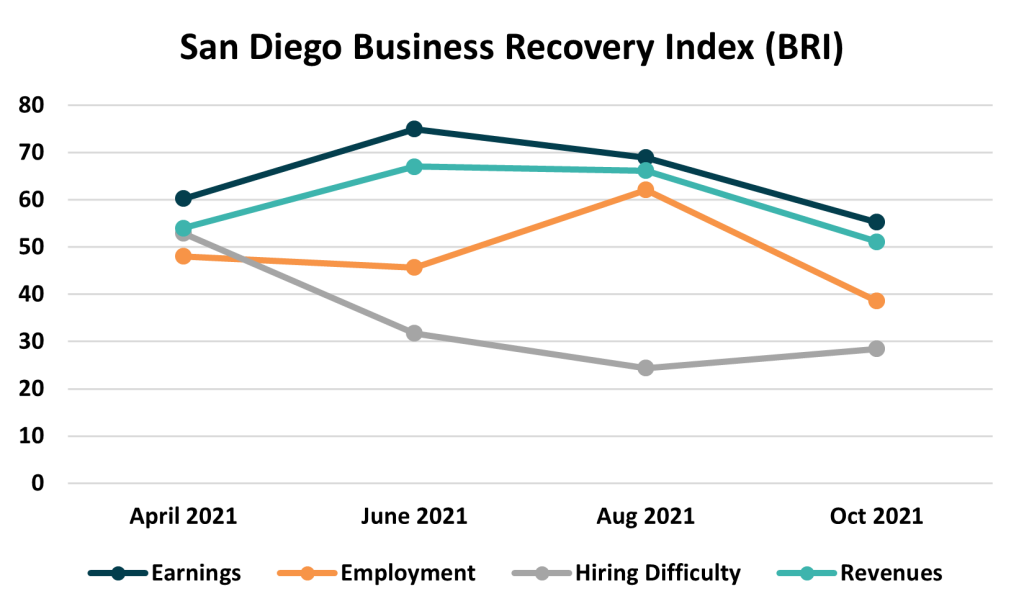
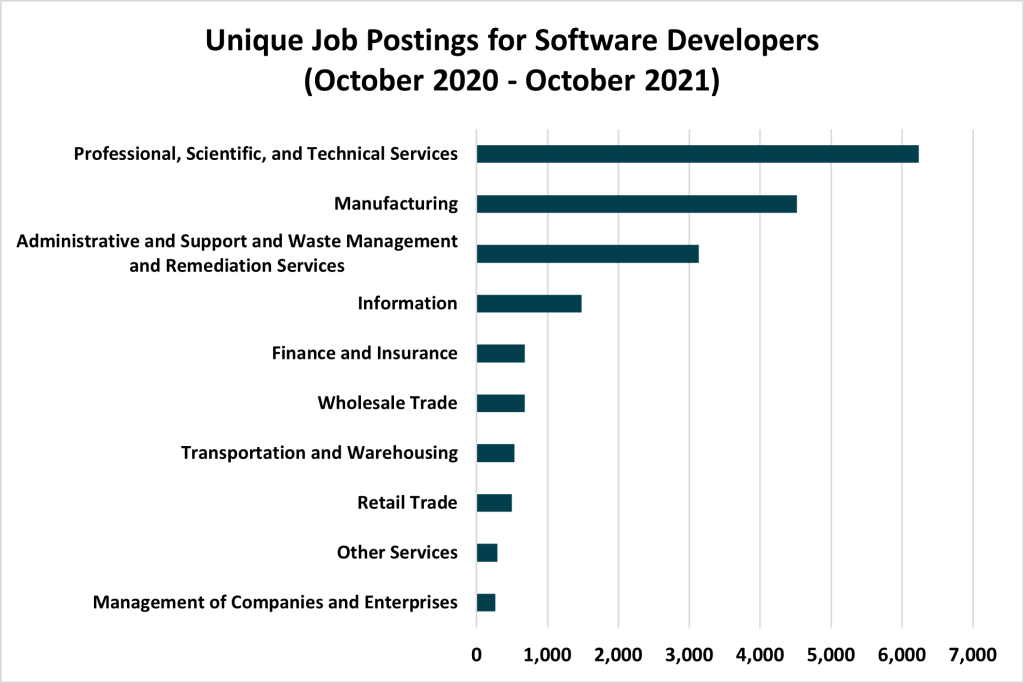

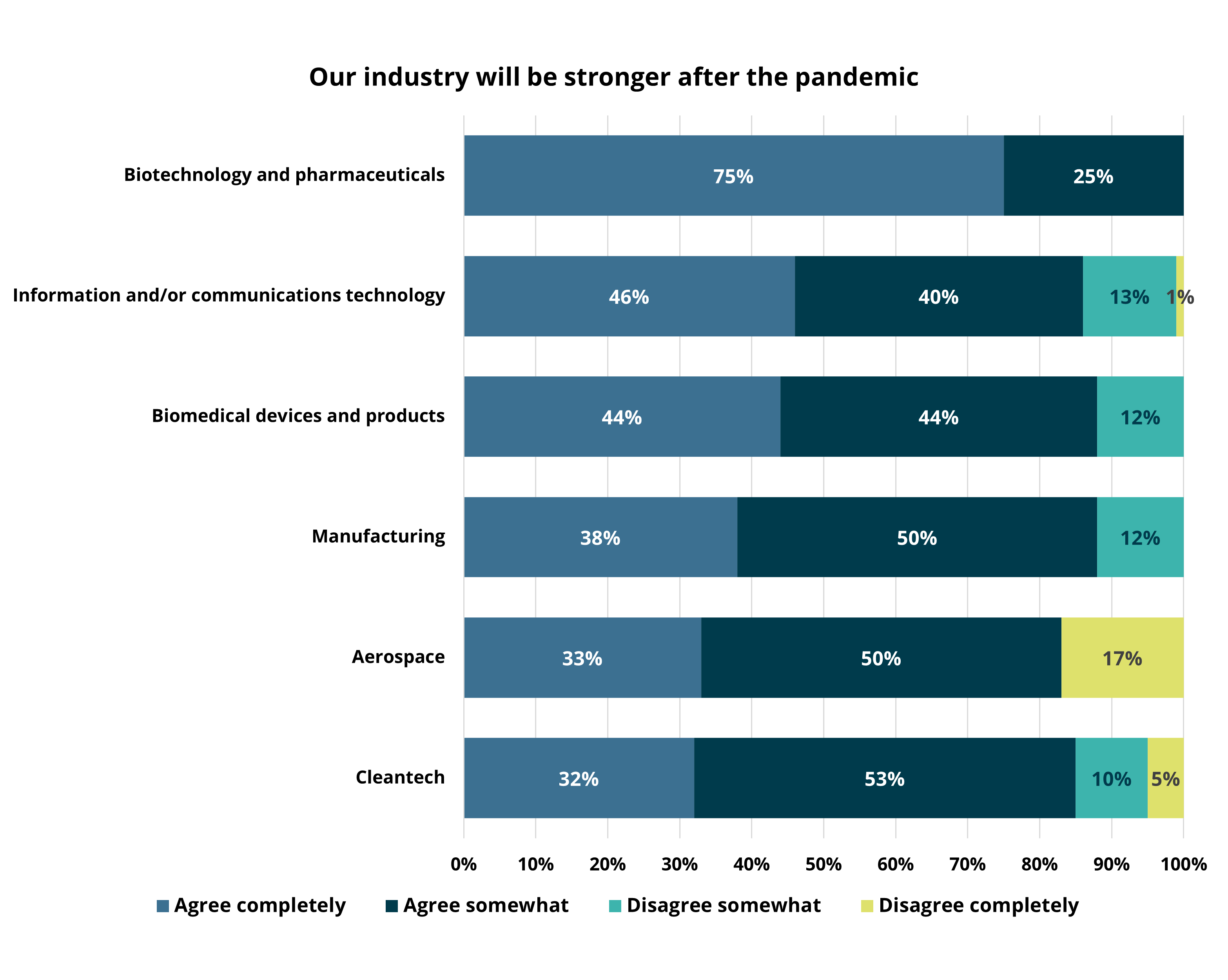
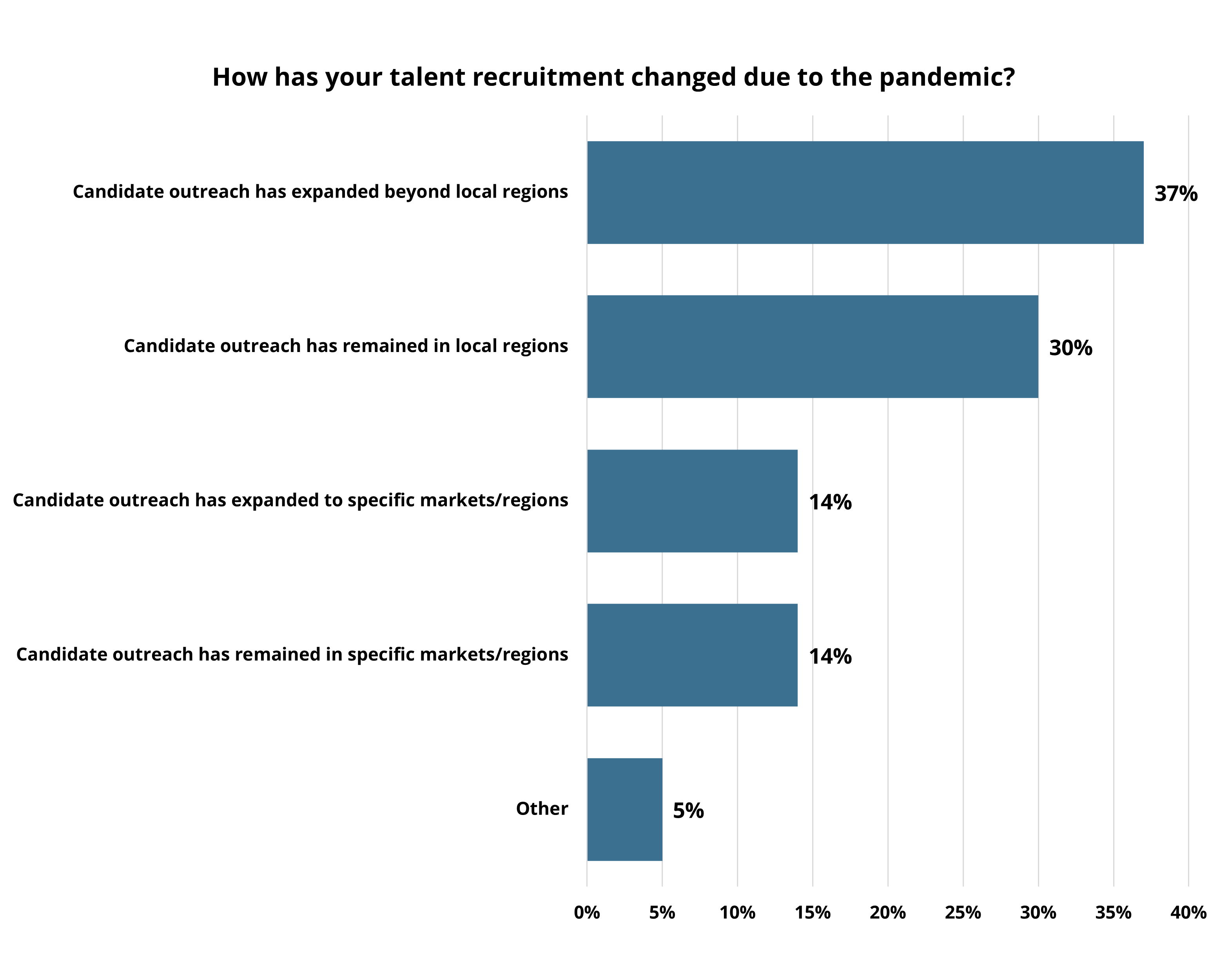
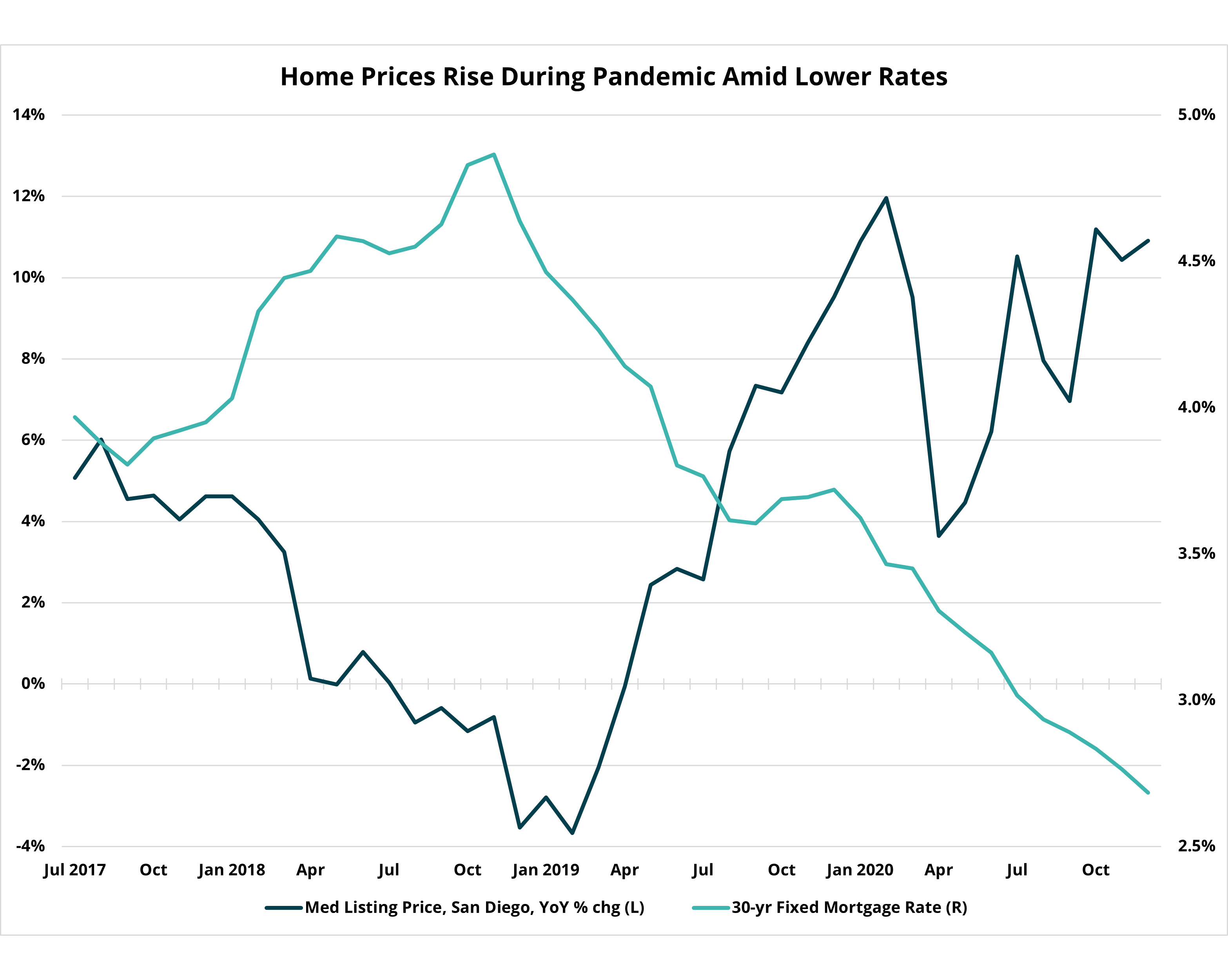
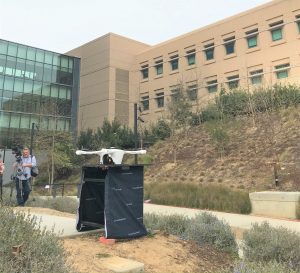
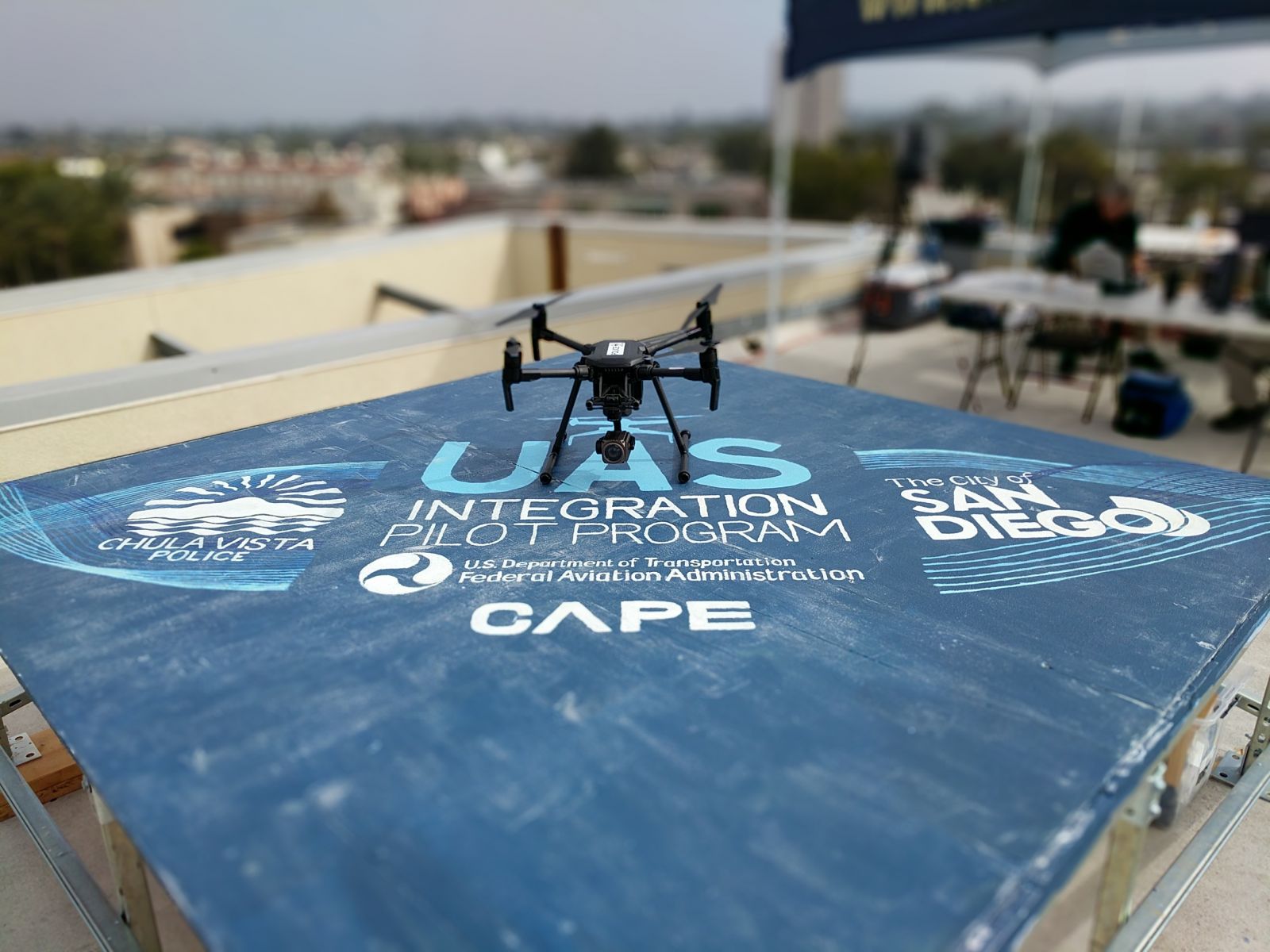 From surveying land after natural disasters to delivering packages, drones offer a world of possibilities to advance society and unlock economic potential. However, in order for this type of drone work to become a reality, they must be able to operate beyond a visual line of site(BVLOS). At the moment, no one is allowed to fly BVLOS in U.S. airspace without obtaining a special, hard-to-get waiver from the Federal Aviation Administration (FAA).
From surveying land after natural disasters to delivering packages, drones offer a world of possibilities to advance society and unlock economic potential. However, in order for this type of drone work to become a reality, they must be able to operate beyond a visual line of site(BVLOS). At the moment, no one is allowed to fly BVLOS in U.S. airspace without obtaining a special, hard-to-get waiver from the Federal Aviation Administration (FAA).